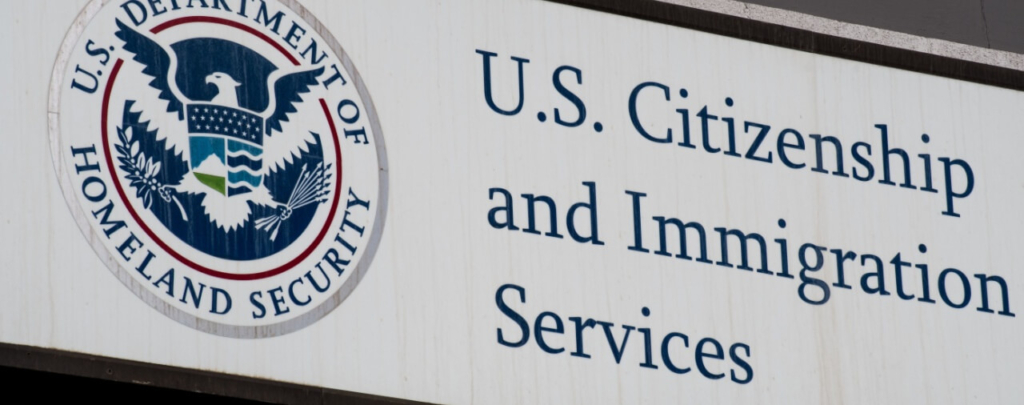Many agree the United States immigration system is broken. It will likely be several years before meaningful immigration reform is even considered by the U.S. Congress let alone actually enacted into law. In the interim, President Obama has indicated his willingness to use executive action to alter U.S. immigration policy. Recent reports indicate President Obama may announce a ten-point plan to modify immigration policy using his executive authority as early as November 21, 2014. This ten-point plan sets forth a wide-range of initiatives from increasing border to security and pay for immigration officers to expanding deferred action. Other initiatives include promotion of the new naturalization process by discounting the filing fee to the first 10,000 applicants, making immigrant visas available for tech jobs, changing removal priorities to target serious criminal offenders, and replacing the Secure Communities program with a new cooperative program designed to assist in immigration enforcement.
The most controversial aspect of President Obama’s ten-point plan will likely be deferred action. Many people erroneously believe deferred action is equivalent to amnesty. However, deferred action is nothing more than a form of prosecutorial discretion that defers the physical removal/deportation of an alien for a set period of time. Beneficiaries of deferred action not only receive a reprieve from physical removal/deportation from the United States, but often also receive an employment authorization document (“EAD” or “work permit”). With an EAD an alien can typically apply for a social security number and government-issued identifications. It is important to note that deferred action does not provide any lawful status or a path to permanent residence/citizenship.
President Obama previously used his executive authority to implement Deferred Action for Childhood Arrivals (“DACA”) in June 2012. DACA could be requested by an alien who met the following criteria: (1) he/she was under 31 years of age as of June 15, 2012; (2) he/she entered the United States before their 16th birthday; (3) he/she continuously resided in the United States since June 15, 2007; (4) he/she was physically present in the United States on June 15, 2012 and on the date of filing his/her request for DACA with U.S. Citizenship and Immigration Services; (5) he/she was not in a valid lawful status on June 15, 2012; (6) he/she was currently enrolled in school, had graduated from high school, had obtained a GED certificate, or was honorably discharged from the Coast Guard or Armed Forces of the United States; and (7) he/she had not been convicted of a felony, significant misdemeanor, or three or more misdemeanors, and did not otherwise pose a threat to national security or public safety.
There is speculation that President Obama intends to expand deferred action for both individuals who entered the United States as children and parents of U.S. citizens and lawful permanent residents (“LPRs”). DACA is expected to be expanded to cover anyone who entered before reaching the age of sixteen and has continuously resided in the United States since January 1, 2010. Expanding deferred action to allow parents of U.S. citizens and LPRs could benefit approximately 4.5 million aliens without legal status while expanding deferred action to cover additional childhood arrivals is estimated to benefit approximately 300,000 aliens. While deferred action is beneficial for many aliens, it is not a permanent solution. It is important to consult an experienced immigration attorney regarding eligibility for immigration benefits including deferred action.





